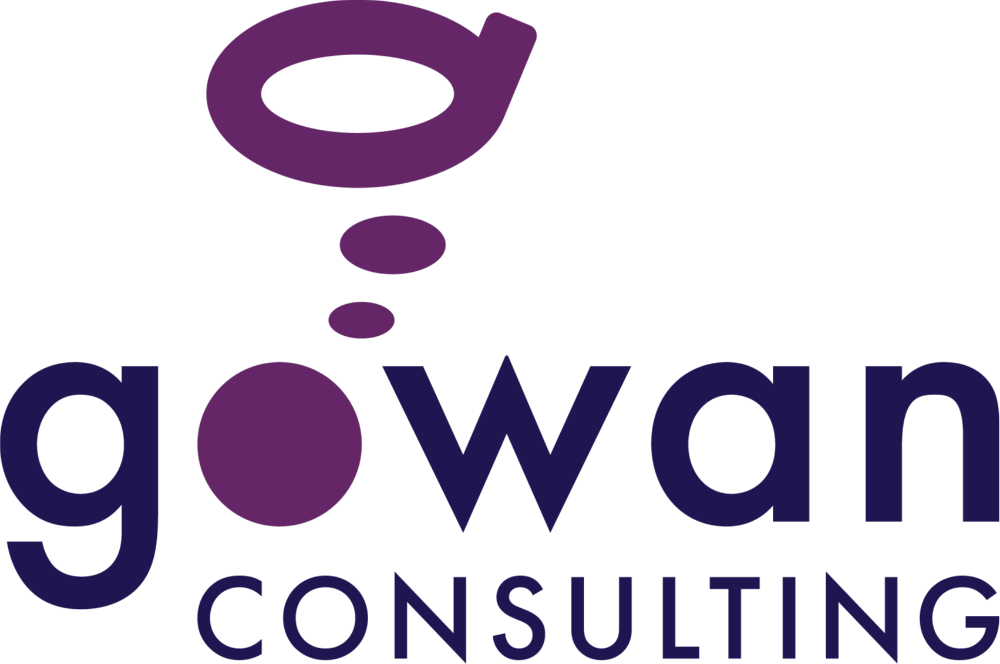The Link Between Stress and Ergonomics
Jul 27, 2023
If you’re having frequent aches and pains at work, it’s likely that it has impacted your productivity and increased job stress. Likewise, if you have high levels of job stress, your feelings may be creating aches and pains in your body. Studies show that there is a significant relationship between physical and mental health. With a majority of Canadian workers reporting that work is their main source of stress, understanding the link between job stress and ergonomics will yield better health and productivity results for employees than examining either of these factors alone.
The Relationship Between Workplace Factors and Stress
Stress is often associated with high demands and low control over a situation. However, every individual brings different factors from their professional and personal lives that may influence their reactions to workplace conditions. When it comes to ergonomics, there are two workplace factors that can contribute to feelings of stress: human factors and environmental factors. Human factors, like biomechanics, can include body positioning and force exertion. Environmental factors, or workplace conditions, can include lighting, acoustics, temperature, smells, overcrowded spaces, etc. The relationship between workplace factors and stress can be cyclical. Poor ergonomics and workplace conditions can create feelings of stress, and feelings of stress can have physical manifestations in the workplace.
The Physical Impacts of Stress
Physical problems commonly associated with mental health issues, such as prolonged stress and burnout, include cardiovascular disease, diabetes, respiratory issues, and musculoskeletal disorders.1 Absorbed stress in the muscles can cause muscles to become tense, which can result in physical symptoms such as headaches and a stiff neck.
According to the American Institute of Stress, occupational pressures are believed to be responsible for the following:
- 30% of workers suffering from back pain
- 20% feeling fatigue
- 13% with headaches
Gallup’s State of the Global Workplace report revealed that 57% of Canadian and US workers felt stress on a daily basis in 2021, up by eight percentage points from the previous year. They also reported the following statistics:
- 62% of workers say they end their day with work-related neck pain.
- Over half said they often spend 12-hour days on work-related duties. The same number said they frequently skip lunch because of the stress of job demands.
- 44% of workers reported stressed-out eyes
- 12% of workers complained of hurting hands
Employees with increased stress reported working longer hours with fewer breaks, which has proven to exacerbate feelings of pain and discomfort.
Ergonomic Strategies for Reducing Stress
Implementing proper ergonomic positioning and strategies in the workplace can reduce employee stress and improve employee productivity. To reduce risk of musculoskeletal disorders, workstations should be optimized to improve posture, increase body support, and reduce awkward and unnecessary movement, such as reaching, bending, and head swiveling or craning. Stretching, taking regular breaks, and increasing physical activity are other strategies that should be implemented to reduce static body postures. Ensuring that your workstation is set up ergonomically is a good step toward reducing harmful workplace factors that can create job stress.
Employers and employees may also want to consider the benefits an Occupational Therapist can offer when conducting ergonomic assessments. Occupational Therapists take a holistic, whole-person view that considers the work, the worker, and the workplace. In addition to assessing the employee’s workstation, they also assess the physical, cognitive, and emotional abilities of the employee and look at the work they do to ensure that abilities line up with job demands. They provide behavioural strategies to manage physical and mental stress, Strategies include pacing, microbreaks, stress management techniques, and stretching, all of which can impact ergonomic concerns (muscle tension) and workplace stress.
How Can Gowan Consulting Help?
- Schedule an Ergonomic Assessment with an Occupational Therapist.
- Are you an employer trying to assist multiple employees in having the right set up? Talk to us about our Ergoblasts and customized training programs for your employees.
- Check out our online training on how to set up offices ergonomically and how to manage mental health, stress, and resilience.
References
[1] “Workplace Stress,” American Institute of Stress. https://www.stress.org/workplace-stress

